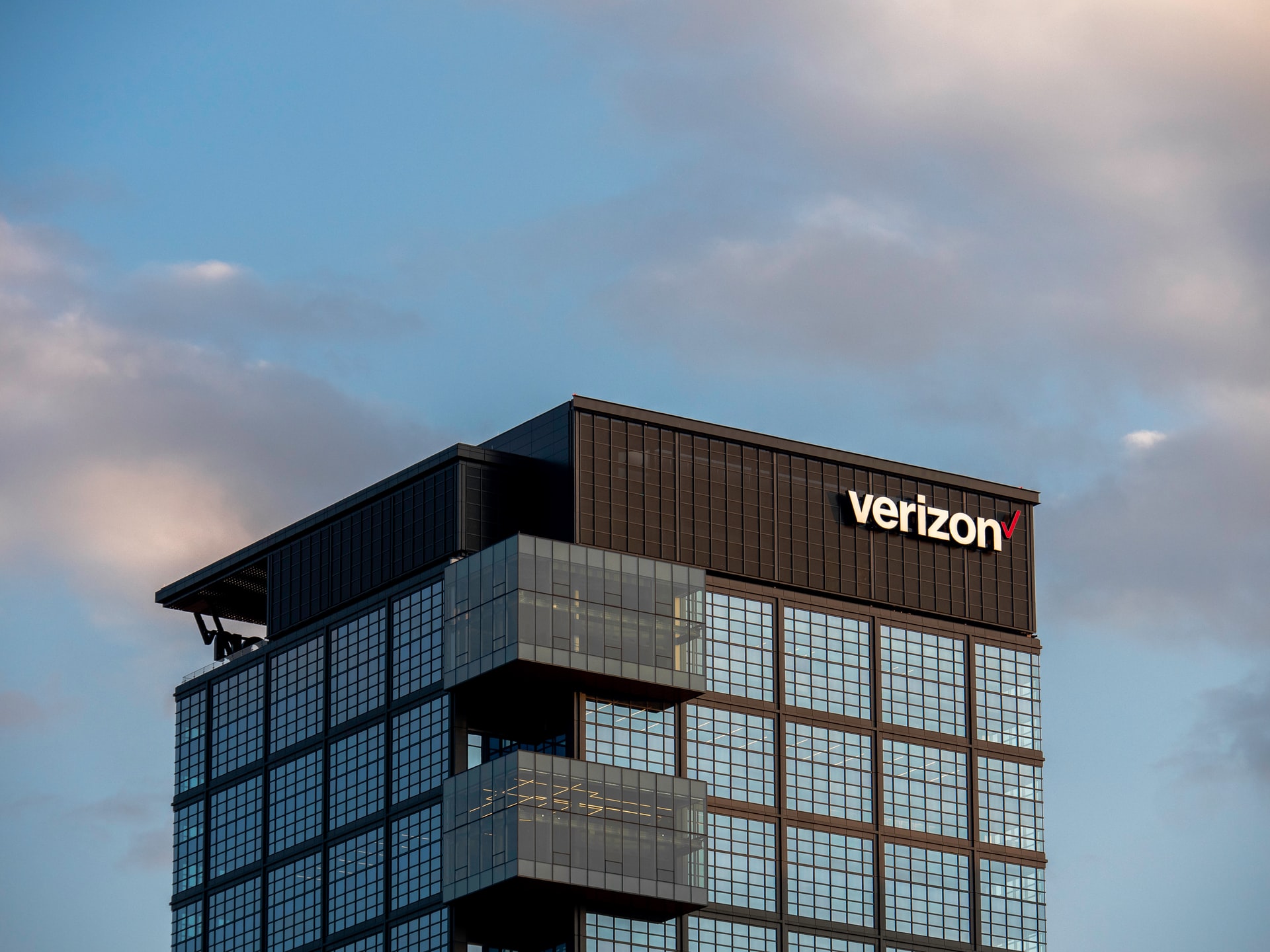Renewable Energy: Verizon Makes Huge Strides with Sustainability Efforts

“Big picture: we’re a large company. We have operations around the world. We have a huge presence in the United States. We have the social responsibility to work green and live green, and we do that every day.
“At the core of who we are, we operate with the environment in mind, and we built it into our DNA,” said Jim Gowen, Verizon’s senior vice president of supply chain operations and chief sustainability officer, in an April ’19 episode of “Up to Speed,” a Verizon podcast.
Green bonds and investments
In early 2019, Verizon became the first U.S. telecom company to issue a green bond, which is a fixed-income investment designed to fund projects that have positive environmental and/or climate benefits. The inaugural offering raised almost $1 billion in net proceeds, which was fully allocated in 2020 to renewable energy, energy efficiency, green buildings, and biodiversity and conservation, according to a company report.
In third-quarter 2020, Verizon issued its second green bond, which was fully allocated in 2021 to renewable energy investments. A year later, Verizon issued its third green bond, which was fully allocated in 2022, again to renewable energy investments.
Verizon boasts it is one of the largest corporate buyers of green energy in the U.S.
“Verizon has committed to source or generate renewable energy equivalent to 50% of our total annual electricity consumption by 2025,” the company stated on its website. “In a little over a year, Verizon has become one of the largest corporate buyers of U.S. renewable energy, entering into 13 long-term power purchase agreements totaling nearly 1.7 GW of renewable energy capacity. These agreements support the construction of new wind and solar facilities. With these agreements, we are making significant progress toward our renewable energy goal.”
Sustainability goals and achievements
“We are continuing to strengthen our commitment to sustainability and have set a goal to reach net-zero operational emissions by 2035 (Scope 1 and Scope 2 emissions),” Verizon states on its website. “This will be achieved through a combination of reducing emissions and migrating energy procurement in favor of renewable and clean energy.”
More immediately, the company is aiming to significantly increase the share of renewable energy in the global energy mix by 2030. What’s Verizon’s impact? The company is “supporting the transition to a greener grid by making substantial investments in renewable energy,” according to Verizon’s 2020 ESG Report.
Verizon also plans to double the global rate of improvement in energy efficiency by 2030.
“Almost all of our operational carbon emissions come from the electricity we use to power our networks,” the company stated in the report. “This is why renewable energy and energy efficiency are the focus of our environmental strategy. Through investments in clean energy solutions and upgrades to our facilities and infrastructure, Verizon is doing our part to green the U.S. energy grid and make strides toward achieving our two ambitious corporate climate goals.”
Low-carbon ventures
So why does going carbon neutral matter to Verizon?
“Whether you agree with the term ‘climate change’ or whether you agree with some of the global warming comments that are out there—and I know it becomes a political conversation [and] we’re not political—we realize that there is change in the climate,” Gowen said during the podcast. “We have seen it from resilience standpoints. Just look at 2018 with what happened in Puerto Rico, what happened in Florida, what happened in the Panhandle, what happened in Houston. Those are humans. Those are our customers. We have to strive to build our network resiliency, build them resiliently and build them with the environment in mind—and ergo, think about the next generation—well beyond climate change.”


Leave a Reply